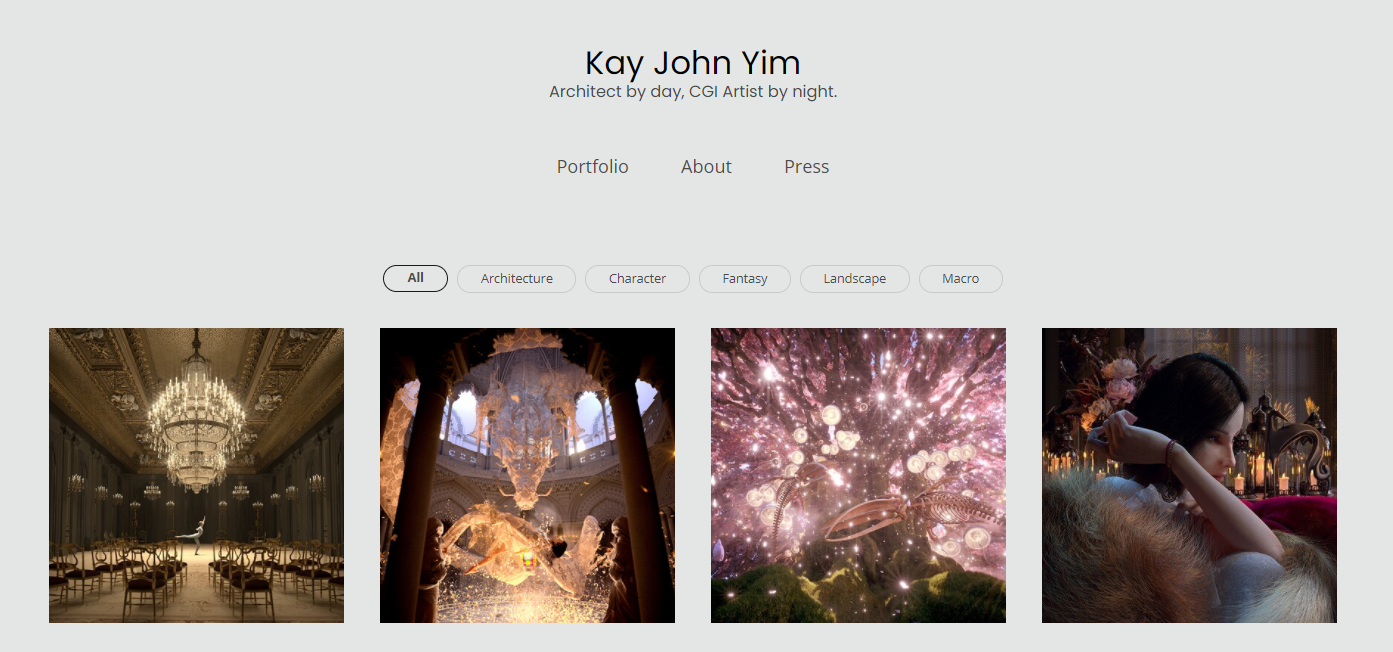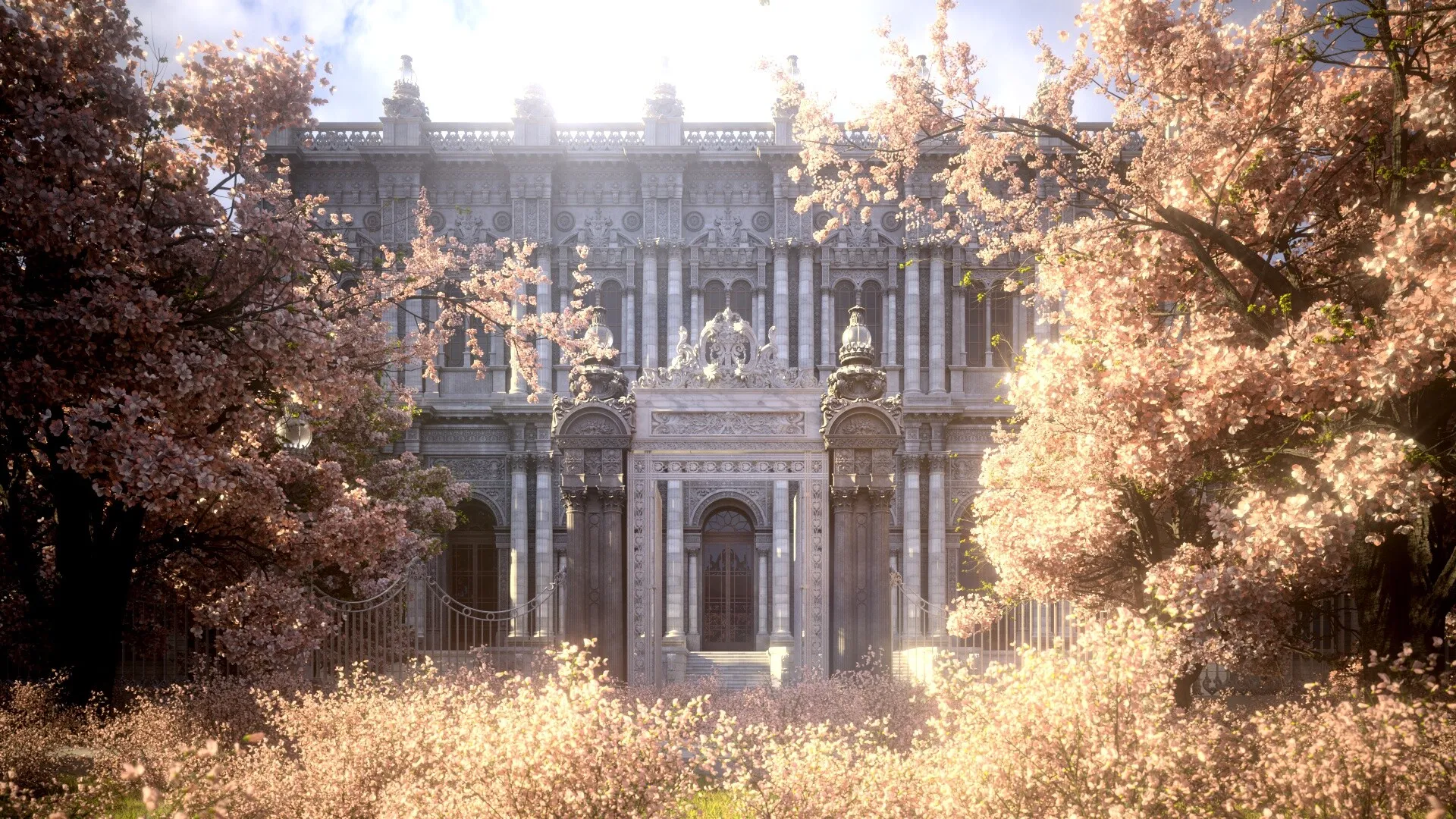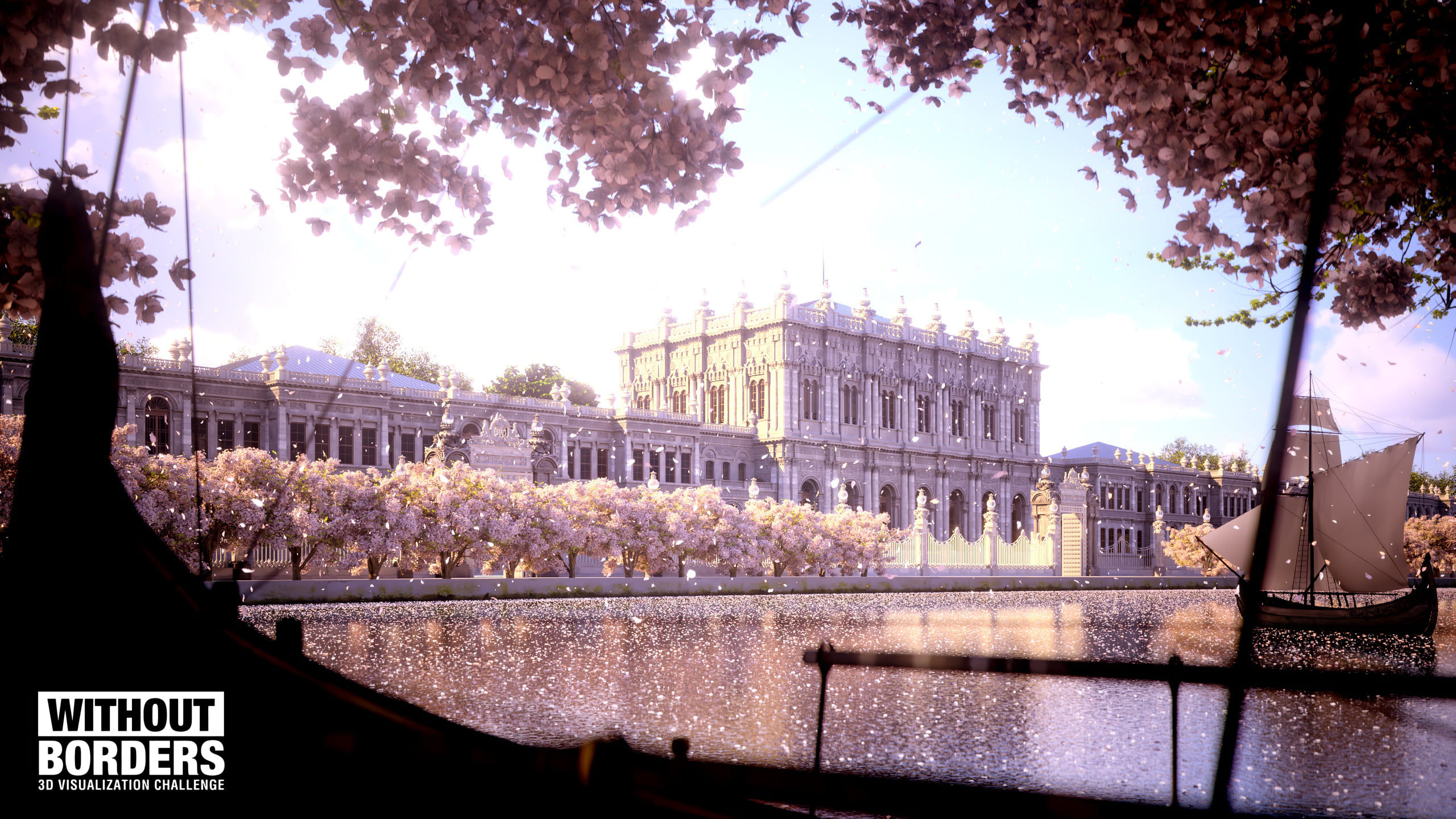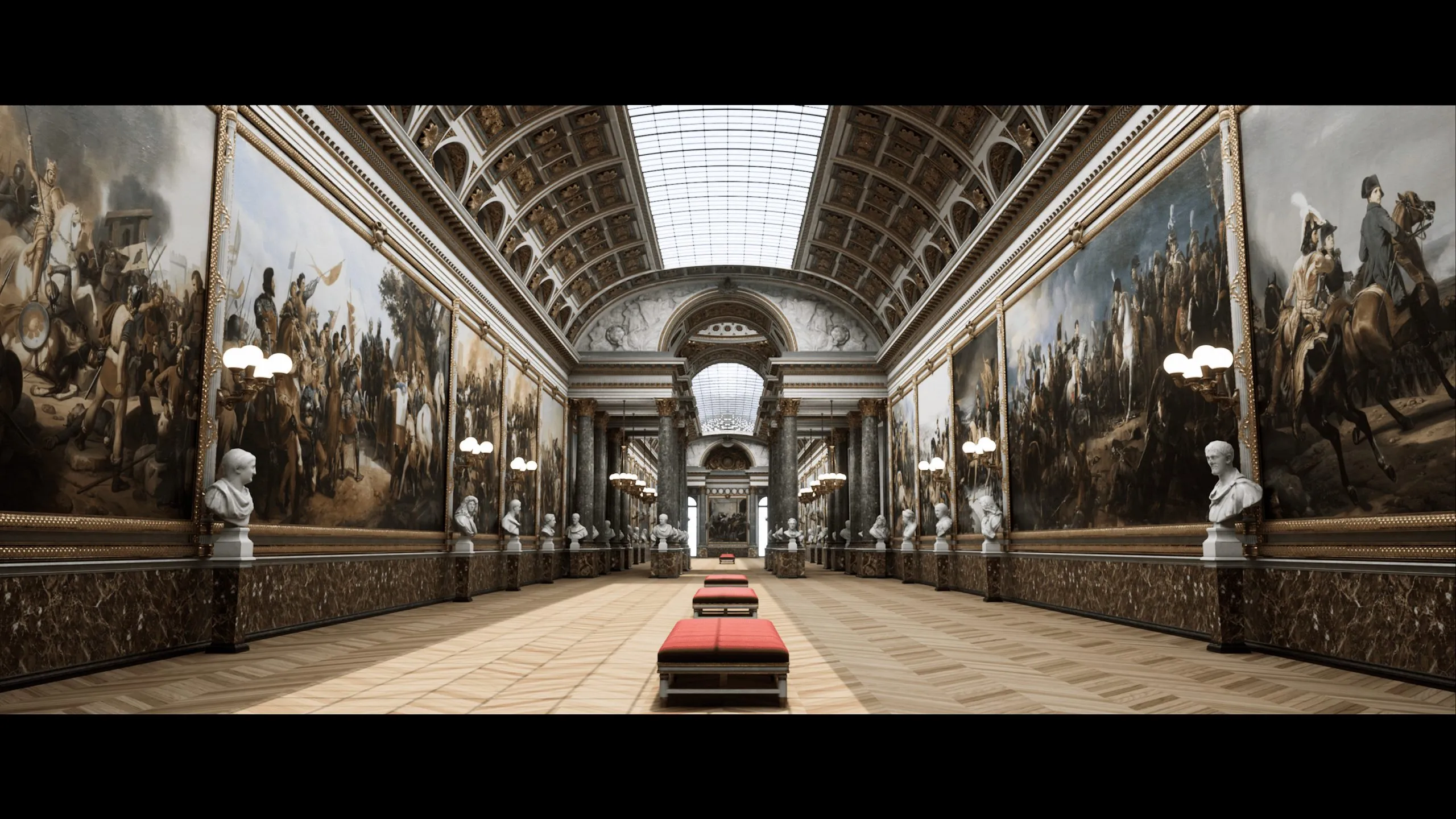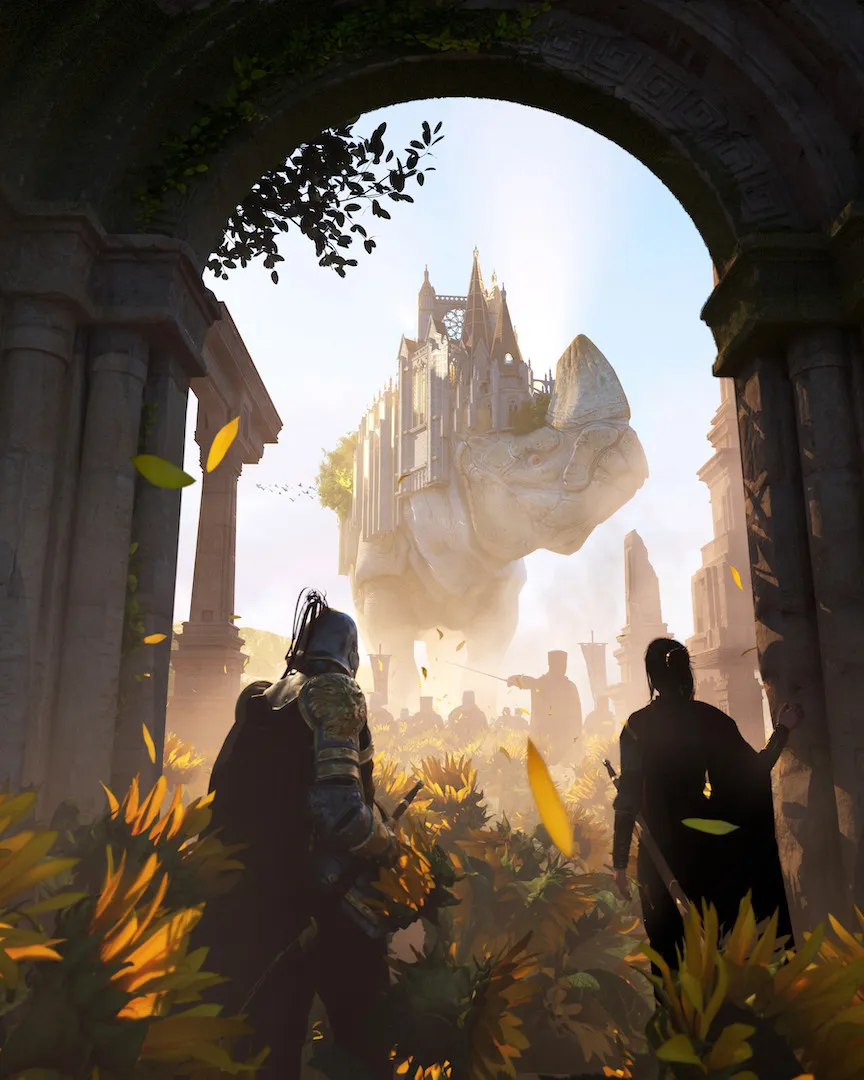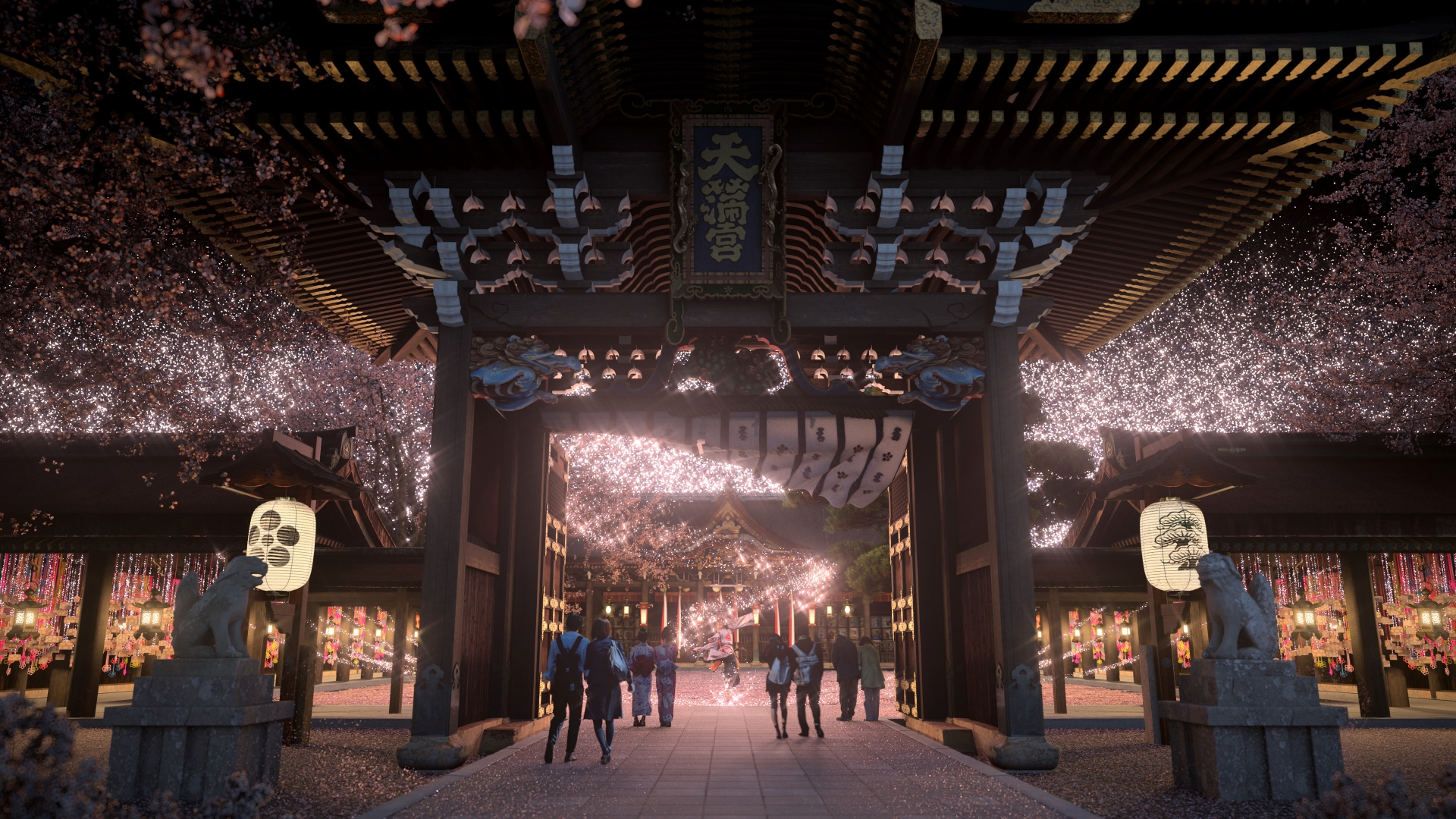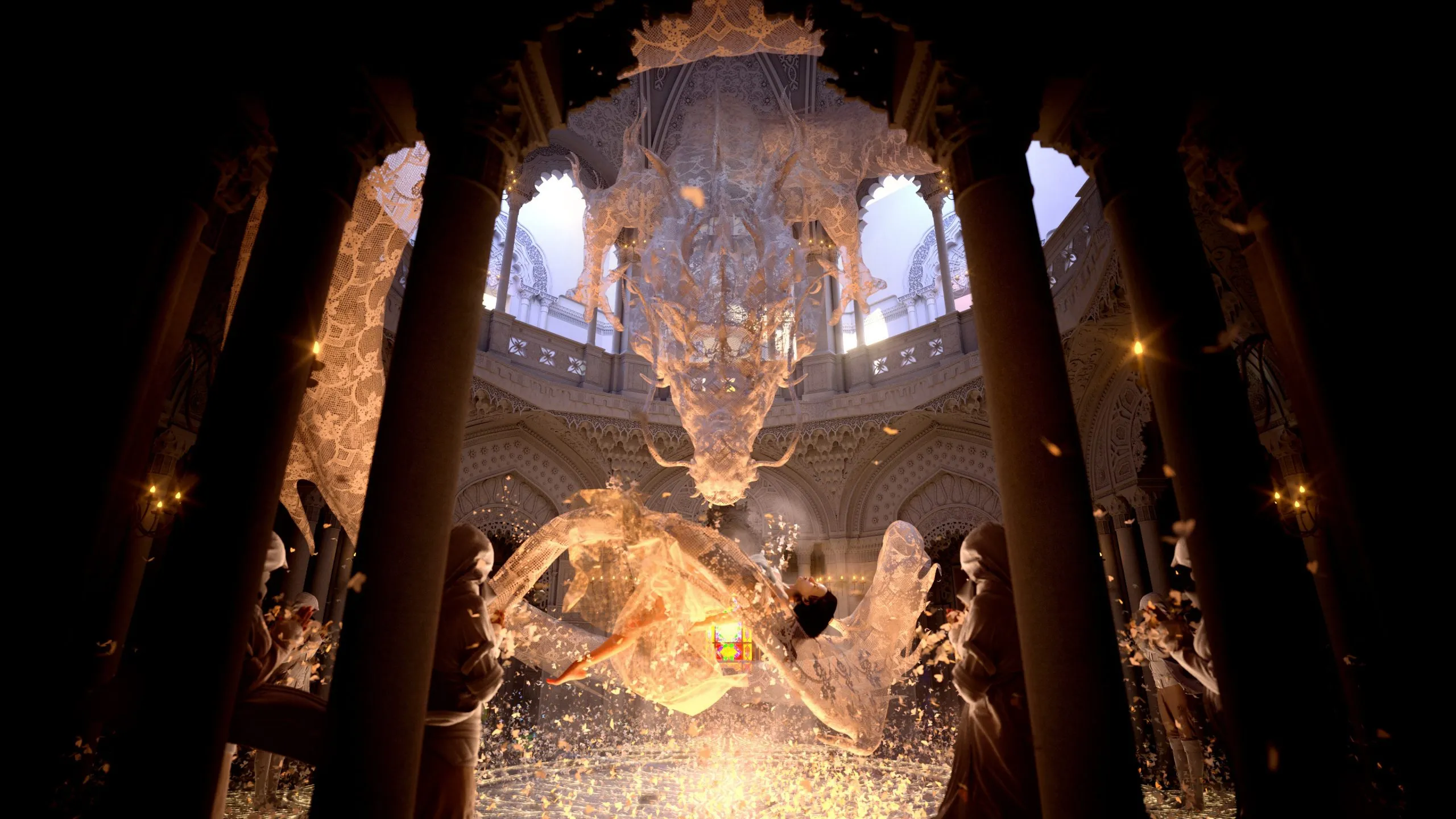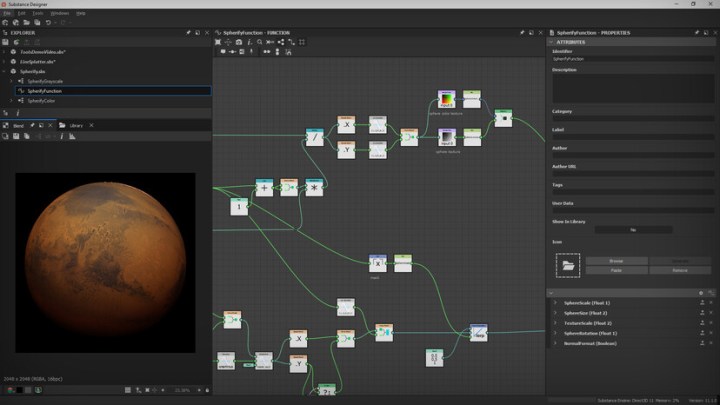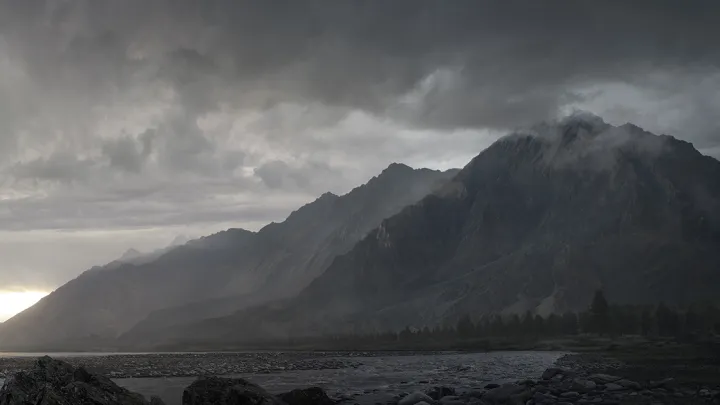Featured Pro Portfolio: Kay John Yim
Architect and CGI Artist Kay John Yim has long had an interest in the arts. From an early age, he trained with a wide range of traditional mediums including pencil drawing, oil painting, Chinese paper cutting, and origami. This practice in art and design helped him cultivate an obsession for well-proportioned spaces. Buildings like Fallingwater, Barcelona Pavilion, and MAXXI National Museum struck a chord with him. In time, John also realized it wasn’t just real-world spaces that inspired him. The unique physical scales, realism, and architectural details in films like Toy Story 3, Iron Man, and Inception, as well as in games like Final Fantasy XIII, spurred him to explore visualization in digital three-dimensional spaces.
Architecture appealed to me as the ultimate form of art and design, even more when coupled with great cinematography.
We spoke with John to discover where this passion has led him today, and he shared with us why he believes it’s important to keep learning and growing one’s professional skill sets.
How did you come to specialize in architectural visualization?
I pursued architecture at the University of Bath and later at the Architectural Association School of Architecture in the UK. I wanted to design well-proportioned buildings and cities with carefully planned details, well-thought-out spaces that touch on and improve integral parts of people’s lives. During the early days of my career as an Architectural Assistant, I spent most of my time doing 2D architectural drawings in AutoCAD. Being an Architectural Assistant felt like being a draftsman, which was never what I expected to do in the architectural industry. I never quite had the opportunity to unleash my creativity.
My journey into 3D/CG began when I first came across Final Fantasy XIII in 2019. I was amazed at how believable the characters and environments looked. Pixar movies had a special place in my childhood, but FFXIII’s aesthetic was more akin to reality. I was in awe, constantly going through hours of CG gameplay and cutscenes—the realism of the environment and the characters were beyond compare. That was the moment when I knew I had to learn 3D, regardless of whether it tied into my career or not.
I gravitated towards Rhino as my primary software for 3D modeling for its unique capabilities in handling freeform curves and NURBS surfaces. DCCs like Cinema4D, 3DS MAX, and Maya outside the range of CAD software (AutoCAD, Rhino, Revit) didn’t initially appeal to me, as CAD software have always been the standard within the architecture and construction industries. A couple of years into learning 3D, I struggled with the limitations of rendering packages available for CAD software. That was when I started to look into DCCs like Cinema4D and Houdini, which led me to a whole new world of possibilities in CG rendering. I spent all my waking hours outside work learning and practicing rendering as a hobby.
When I officially passed my exam to become a RIBA Chartered Architect in 2019, I made the decision to specialize in architectural visualization, with just the bare minimum knowledge of rendering that I learned and practiced in my free time. Since then I have been working as an Architect at SPINK Partners, a British architectural design practice based in London. I work at the forefront of concept design, specifically coordinating client briefs, survey drawings, and sketches from Senior Architects, and translating them into CG still renders or animations. These CG renderings can then be used for marketing, design development discussions, and eventually, construction. This is much like solving a jigsaw puzzle with all edge pieces—a challenging and iterative process that could last from a week to as long as 2-3 years.
It is extremely interesting to follow through with a project from concept to construction. The most enjoyable and rewarding moment is to see the completed project in real life that looks almost identical to my CG renderings.
You’ve described yourself as an “Architect by day, CGI Artist by night.” Can you talk about how these personal and professional interests are reflected in your ArtStation portfolio?
When COVID lockdown came to London, I treated the extra time as an R&D opportunity. I vowed to learn a new plugin or software every week and to create one CGI work from the week of learning. My ArtStation portfolio came as a result of this, with the goal of upping my professional work efficiency and quality. This turned into a year’s worth of portfolio projects ranging from archviz to game environments, character design to fantasy concept art.
I kept picking up new techniques that I consistently put into practice. As I originally intended to focus on just the technicalities, a lot of my earlier works were based on real architectural interiors or landscape environments—both subjects account for the majority of my professional work. “An Unreal Diorama” for instance is a real-time game-ready environment in reference to The Gallery of the Great Battles at the Versailles Palace. Initially started as an exploration into real-time archviz, the lessons that I have learned and the toolsets that I have gained while working on the highly ornamental environment became an accidental first step towards my childhood dream of creating CG art like Toy Story and Final Fantasy.
You can purchase the environment seen in this artwork from John’s ArtStation Marketplace store.
Working among a small CGI team of 3 people at my workplace, I have the luxury of not being restrained by a fixed CG pipeline. However, I also have the responsibility of staying up-to-date with the fast-paced advancements in the CG industry, as well as being able to take on any challenges that come with CG in terms of modeling, texturing, lighting, rendering, and so on. ArtStation, Instagram, and Facebook have since become my creative outlet.
I keep myself accountable to an audience who share the same interests, to continue to hone my skills and to become a better Architect and CGI Artist every day.
What are your go-to work habits, workflows, and inspirations?
For the past 2-3 years, I have made a habit of waking up at 4:30 am to work on my personal projects until 9 am when I pick up my professional work. I have always preferred starting my day early. I am the most productive in the morning as I have the longest uninterrupted time. My evenings and weekends are typically dedicated to watching tutorials or movies, depending on whether I am in a “learning phase” or “getting-inspired phase” amidst a project. This is also when I reflect on my work from the week, questioning if I were to go back in time, how I would do things differently for a better outcome.
I am constantly improving my workflow, which currently consists of the following:
- Researching and finding as many references as possible;
- Modeling: I use Rhino and ZBrush for the majority of my architectural modeling, Speedtree for modeling trees, and Houdini for procedurally modeling environment assets like rocks, generating variation of buildings, etc.
- Scene assembly and set dressing in Cinema4D;
- Character modeling with Character Creator, Marvelous Designer, and Ornatrix;
- Rendering with Redshift.
I try not to fixate on any single source of inspiration as I find it more exciting to draw references from a wide range of subjects, but one could certainly find traits of Japanese aesthetics in my personal projects. This is due to the fact that I was heavily exposed to Japanese culture growing up in Hong Kong. I really appreciated the wabi-sabi philosophy deeply rooted in the Japanese tradition, as well as the out-of-this-world narratives found in anime and manga.
What is the best advice you’ve ever received?
The best advice I have ever received came from a mentor and a senior architect that I greatly respect, which is to work consistently as opposed to cramming for deadlines. Architectural schools are notorious for extreme working conditions. All-nighters are almost inevitable in the face of deadlines, a culture that bleeds into the professional workplace. During my studies and early career, a typical year went in cycles of working all-nighters for a deadline, leading to exhaustion for a couple of weeks, then rushing again for the next deadline to make up for the slack due to exhaustion earlier. It was a vicious cycle that my peers and I found ourselves trapped within.
I am very fortunate to now work in an office where overtime working is discouraged. I take the advice of working consistently rather than chasing deadlines to heart and apply it to both my professional and personal life. For instance, when working on a professional project, I aim for delivering a CGI of good quality (which might take me a day to achieve) to progressively improve upon later, rather than delivering a CGI of perfection (which might take me 3 months or infinity to finish). In other words, working iteratively and consistently on the big picture rather than getting myself caught up in minor details that might not be the client’s priority. This way I always have a finished and presentable CGI on day one in case of shifted deadlines.
I apply the advice similarly to my personal schedule—working and learning a little consistently every day as opposed to scheduling a whole weekend of personal projects, when I am most likely to be distracted.
What kinds of projects do you aspire to work on in the future?
I always aspire to create CG animations and CG shorts—not limited to archviz—and hence I have been learning more about compositing in Nuke and FX/simulations in Houdini recently. Given the availability of more character animating tools and software than ever before (MetaHuman, Character Creator 3, Rokoko MoCap Suite, etc.) I am extremely interested in picking up character animation whenever my schedule allows. Until I have the budget or the chance to work on a CG short/animation, I will continue to hone my CG skills consistently, growing my online presence, and keeping on the looking out for opportunities.
See more of John’s work on his portfolio website.
Find out more about ArtStation premium websites here.
Read more ArtStation Pro Portfolio interviews here.
